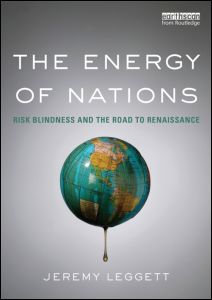EU Over-Delivered on Kyoto Commitments: EEA Assessments

9 October 2013: Two assessments by the European Environment Agency (EEA) indicate that the EU is on track to meet its common targets for greenhouse gas emission (GHG) reductions, renewable energy and energy efficiency. The assessments show that all member States are on track in at least one target area, although no member State is on track to meet all three.
The first assessment, ‘Trends and Projections in Europe 2013: Tracking Progress towards Europe's Climate and Energy Targets until 2020,' concludes that the EU reduced GHG emissions between 2008 and 2012 by 12.2%, beyond the 8% target required under the Kyoto Protocol. The assessment further finds that the EU is on track to achieve GHG reductions of 21% by 2020, beyond the 20% required by its 2020 target. On renewable energy, the assessment notes that 13% of EU final energy consumption came from renewable sources in 2011, on the way to a 2020 target of 20%.
The second assessment, ‘Approximated EU GHG Inventory: Early Estimates for 2012,' offers the first comprehensive assessment of EU performance for the first commitment period of the Kyoto Protocol, which called for collective reductions of 8% from 2008 to 2012. The assessment finds that the 15 member States of the EU with a common commitment over-performed the 8% target, achieving a collective reduction of 12.2%.
In light of these findings, Connie Hedegaard, European Commissioner for Climate Action, remarked, "The EU is clearly delivering on its Kyoto commitments. The EU has reduced its emissions significantly since 1990 while expanding its economy. This further demonstrates that climate policy can be implemented in a way that fosters jobs and growth.” [EEA Press Release] [European Commission Press Release] [Publication: Trends and Projections in Europe 2013





















